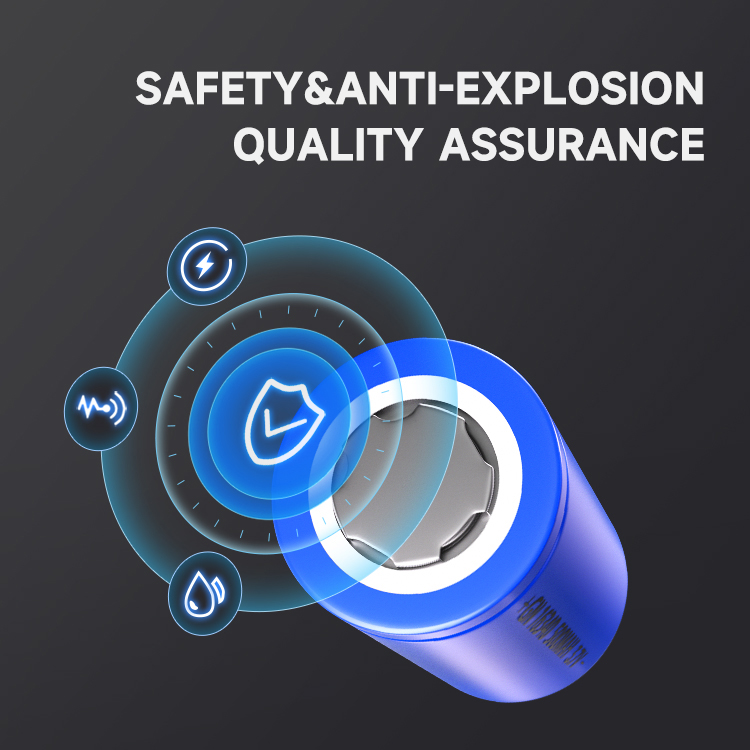

Recently, a research team led by Li Xianfeng and Zhang Huamin, researchers at the Energy Storage Technology Research Department of the Dalian Institute of Chemical Physics, Chinese Academy of Sciences, made new progress in the research of alkaline zinc-iron flow batteries. The relevant research results were published in Nature Communications. )superior.
Recently, a research team led by Li Xianfeng and Zhang Huamin, researchers at the Energy Storage Technology Research Department of the Dalian Institute of Chemical Physics, Chinese Academy of Sciences, made new progress in the research of alkaline zinc-iron flow batteries. The relevant research results were published in Nature Communications. superior.
Energy storage technology is the key core technology of distributed energy systems. In recent years, the alkaline zinc-iron flow battery energy storage technology developed by this research team has the characteristics of low cost, high safety, high open circuit voltage and environmental friendliness, and has good application prospects in the field of distributed energy storage.
Despite this, alkaline zinc-iron flow batteries are accompanied by problems with zinc dendrites and zinc accumulation during the charge and discharge cycles, which affects the reliability of the battery. Therefore, solving the problems of zinc dendrites and zinc accumulation and improving battery reliability are the keys to the practical use of alkaline zinc-iron flow batteries.
In order to solve the above problems, the research team introduced a negatively charged porous ion conductive membrane into an alkaline zinc-iron flow battery based on their deep understanding of ion conductive membranes (Chem.Soc.Rev.).
By utilizing the repulsive effect of negative charges on Zn(OH)42- ions in the ion-conducting membrane, the deposition direction of zinc changes from along the ion-conducting membrane to along the electrode side during the charging process of the alkaline zinc-iron flow battery, thus avoiding zinc dendrites. The crystals cause damage to the separator and greatly improve the cycle stability of the battery.
In addition, this design can significantly increase the areal capacity of zinc-based redox flow batteries, which to a certain extent solves the problem of limited areal capacity of the zinc negative electrode of traditional zinc-based redox flow batteries. The research results have important reference significance for the regulation of zinc anode in zinc-based batteries.

Popular recommendation
battery aaa alkaline.Research progress on metallurgical treatment of waste nickel-cadmium batteries
2023-10-09lithuim ion battery 18650.What is the difference between 18650 lithium battery and 26650 lithium bat
2023-10-13603450 polymer battery.New progress in alkaline zinc-iron flow battery research
2023-10-09LR44 battery.Innovative application of lithium-ion battery energy storage technology in Pengshanling
2023-10-14Which is better, lithium battery or lead-acid battery?
2022-11-18aa alkaline battery!Analyze the application of ferroelectric random access memory F-RAM in power bat
2023-10-0818650 battery flat top.What are the advantages of 18650 lithium battery?
2023-10-13AG8 battery!Safety "core" is the foundation. Interpretation of Euler battery core technolo
2023-10-0818650 li ion battery.What is the production process of ternary cathode materials for lithium-ion bat
2023-10-08CR1625 battery.LG successfully developed the world's most efficient solar energy storage battery wit
2023-10-08AG10 battery.Zinc-manganese dry battery charger circuit
2023-10-09LR521 battery!How to solve the protection obstacles of 3842 circuit
2023-10-08